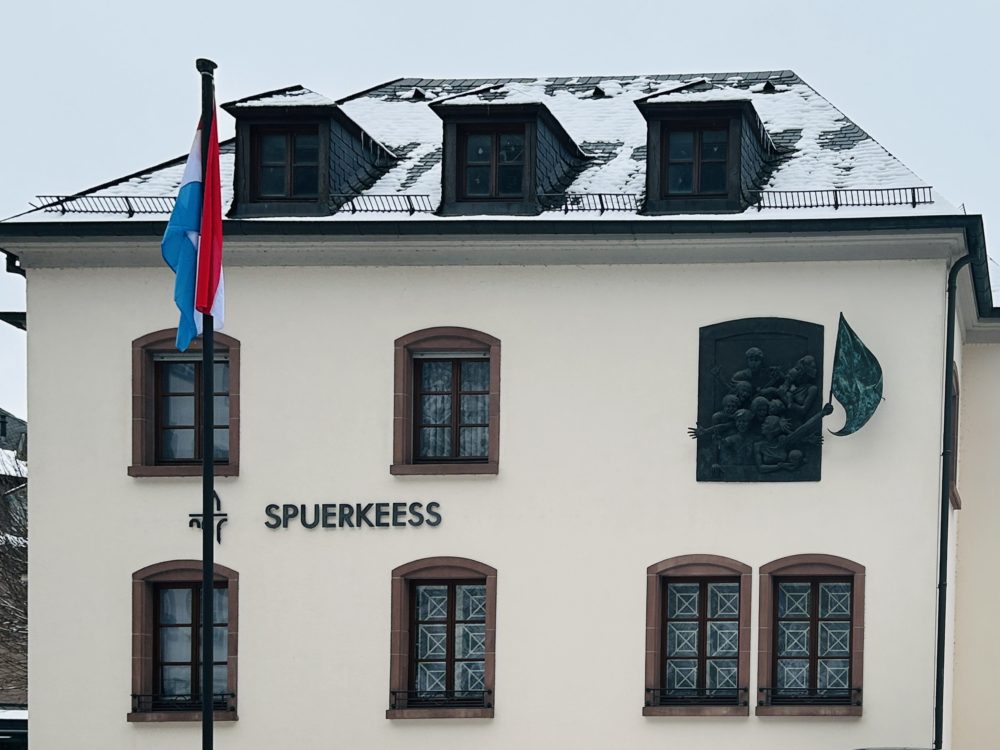Alphonse Mucha, a name synonymous with the Art Nouveau movement, ventured beyond the ornate and into the heart of Slavic identity with his profound work, often referred to as “Winter Night” or “Siberia.” This poignant image of a Russian peasant woman, captured in a serene pose, speaks volumes of her resignation to destiny.
Mucha’s connection to Russia was deeply personal. In 1913, he journeyed there to gather inspiration for “The Slav Epic,” specifically for the canvas titled “The Abolition of Serfdom in Russia: Work in Freedom is the Foundation of the State.” His encounters with Russian peasant women, whose likenesses echoed the woman in “Star,” were immortalised in his photographs. Yet, it was his wife, Marie, who became the face of this evocative painting.
The artwork may well be a silent commentary on the harrowing times post-Bolshevik Revolution. From 1918 to 1921, Russia was torn by civil war, leading to an economic collapse and a famine that claimed countless lives in the Volga region. Through “Winter Night,” Mucha extends his empathy towards the suffering Russian population, encapsulating their stoic endurance amidst the turmoil.
This masterpiece, along with other iconic works by Mucha, can be admired at the Mucha Museum in Prague. This intimate gallery is dedicated to showcasing the life and art of Mucha, offering visitors a chance to immerse themselves in his iconic Art Nouveau pieces and the rich history they represent.
#MuchaArt #SlavEpic #RussianSpirit #ArtNouveau #HistoricalArt #WinterNight #SiberiaPainting #PeasantWoman #RussianHistory #ArtisticTribute #EnduranceAndHope






